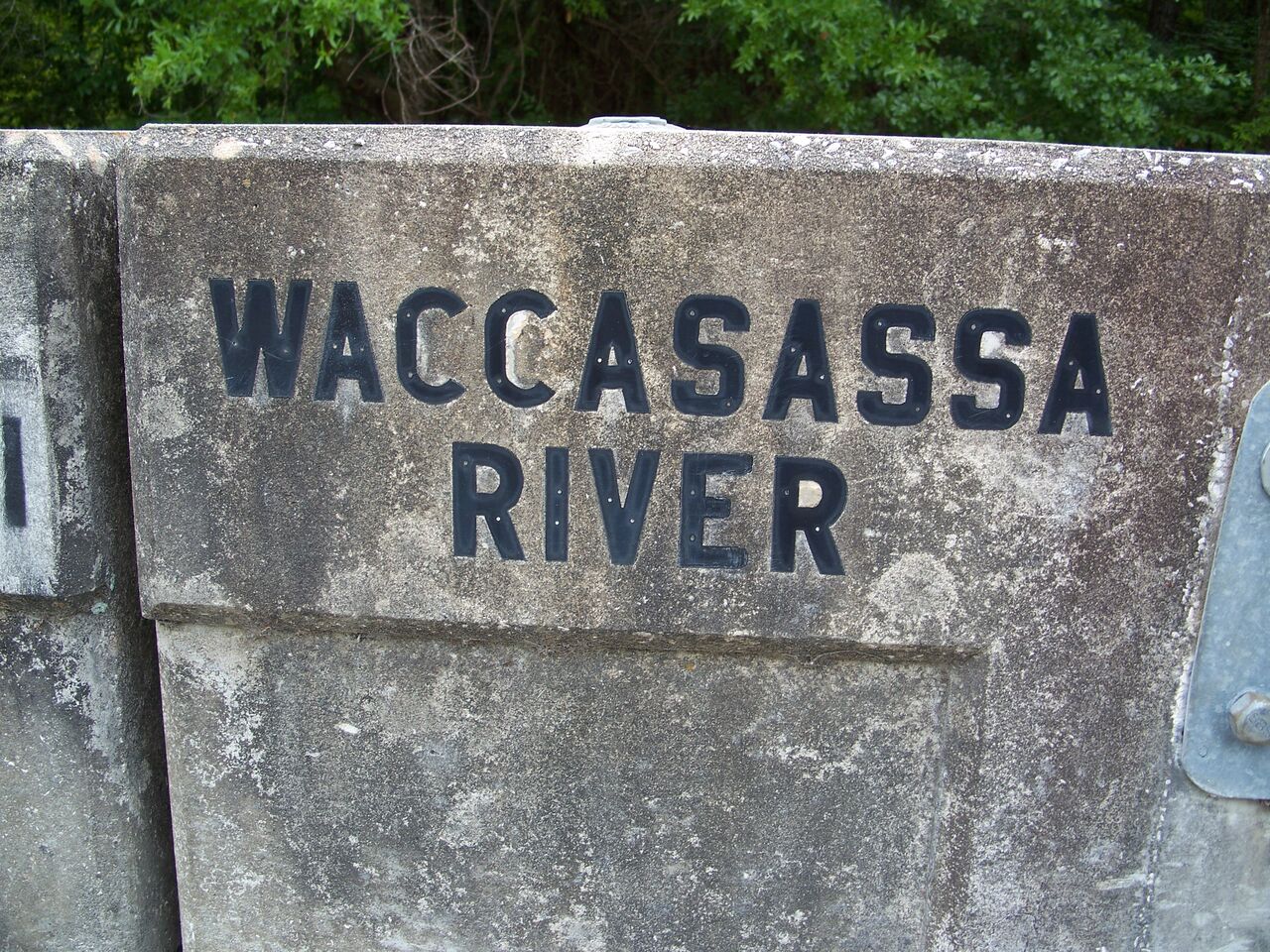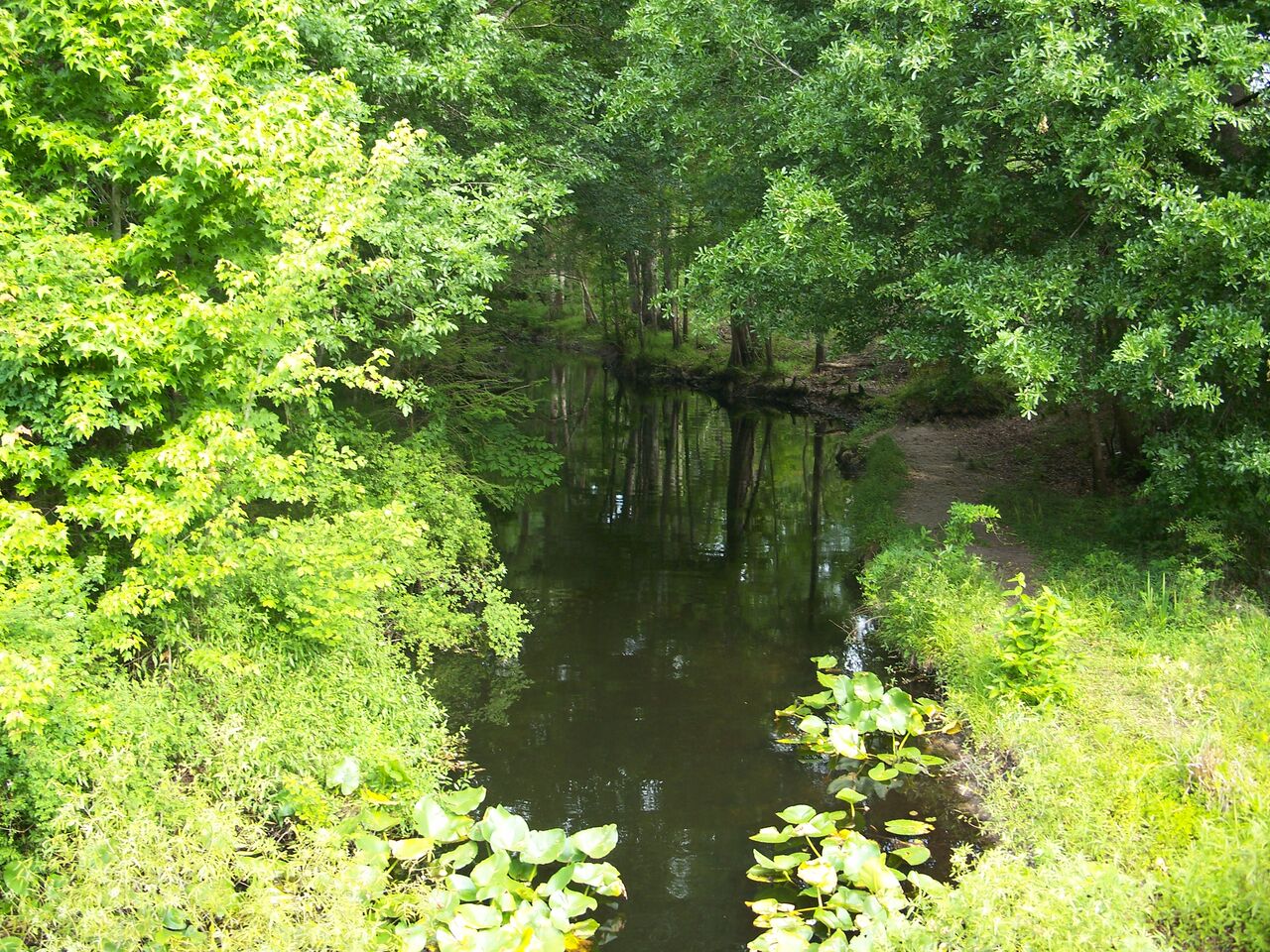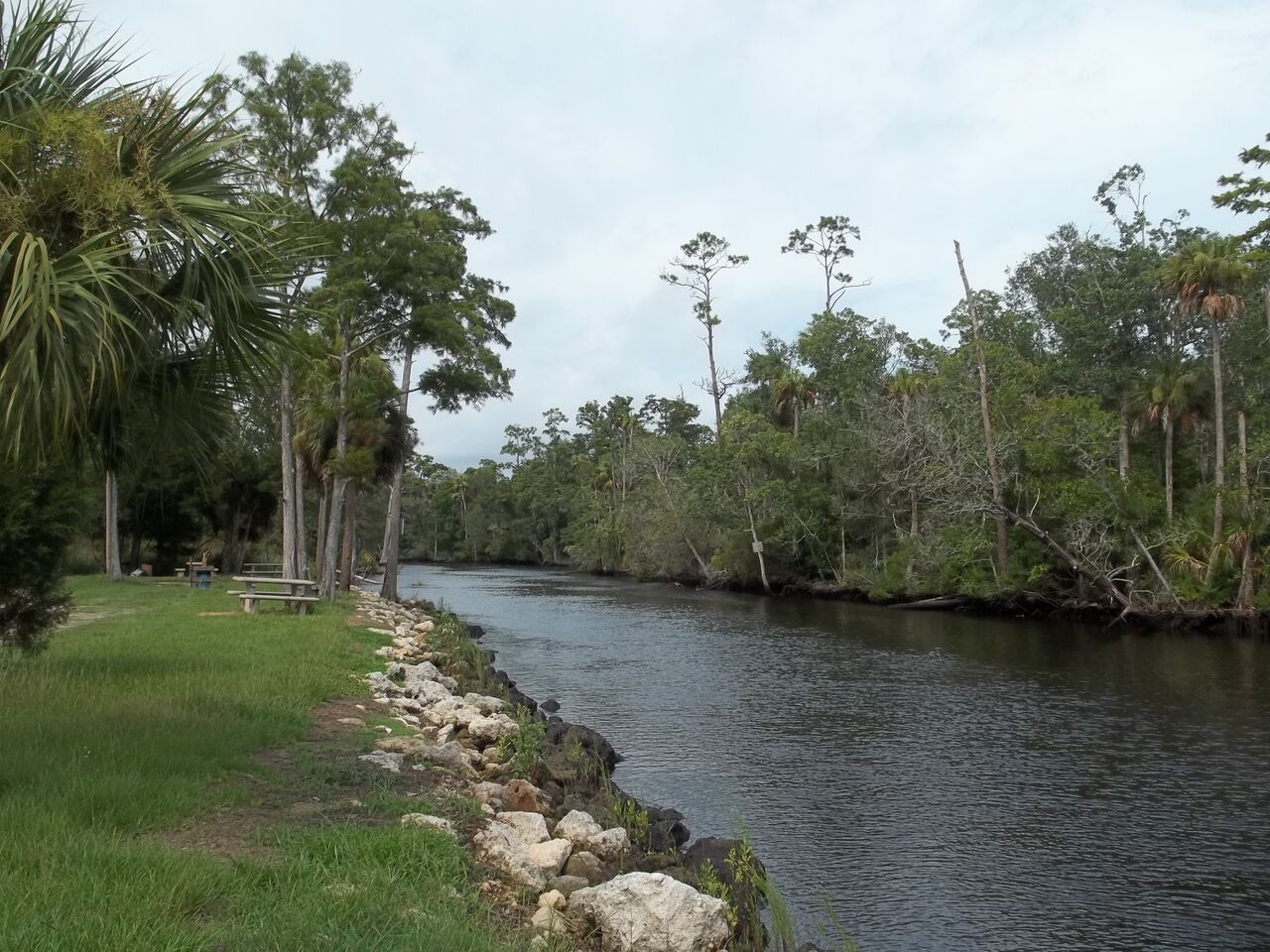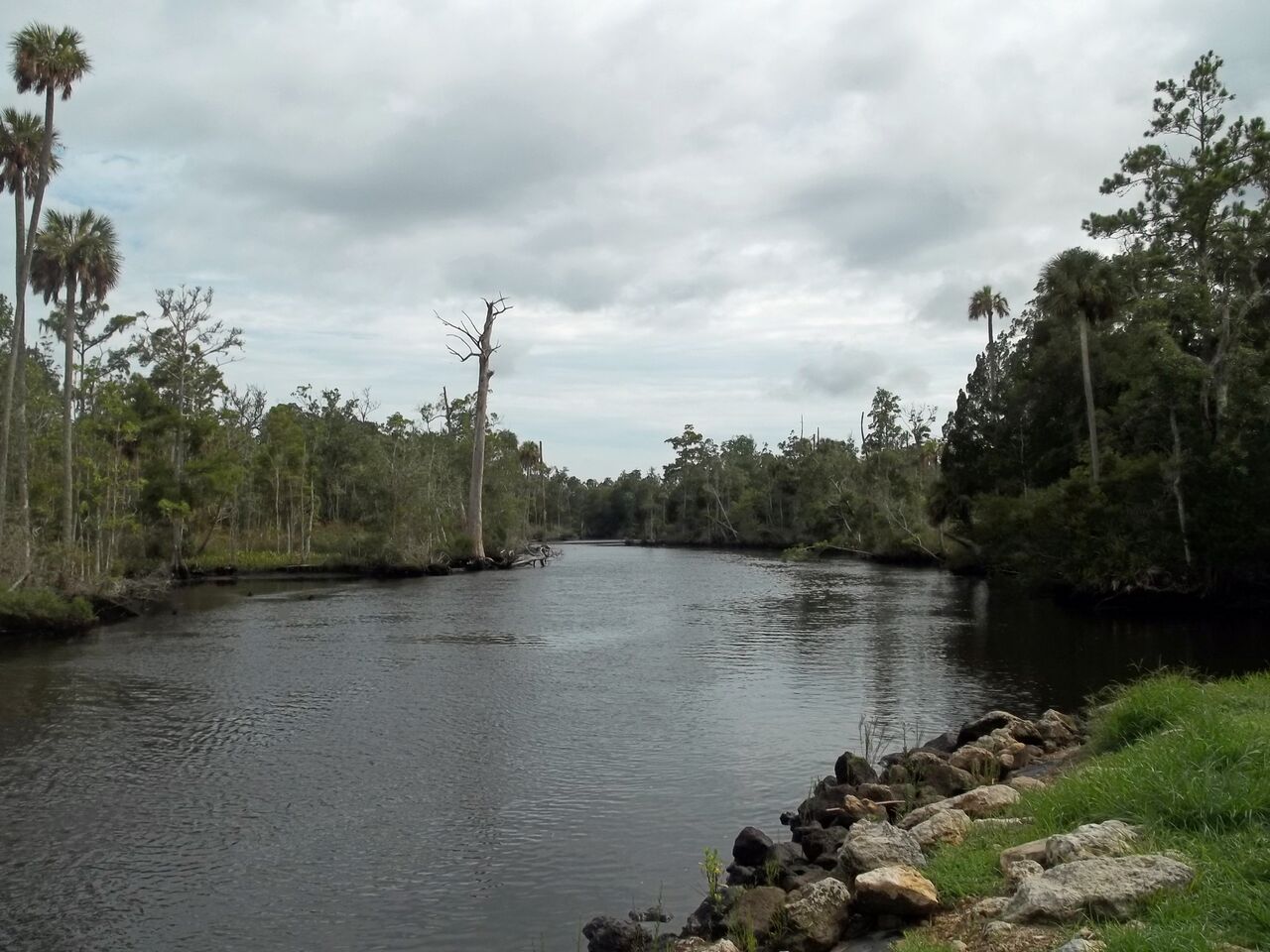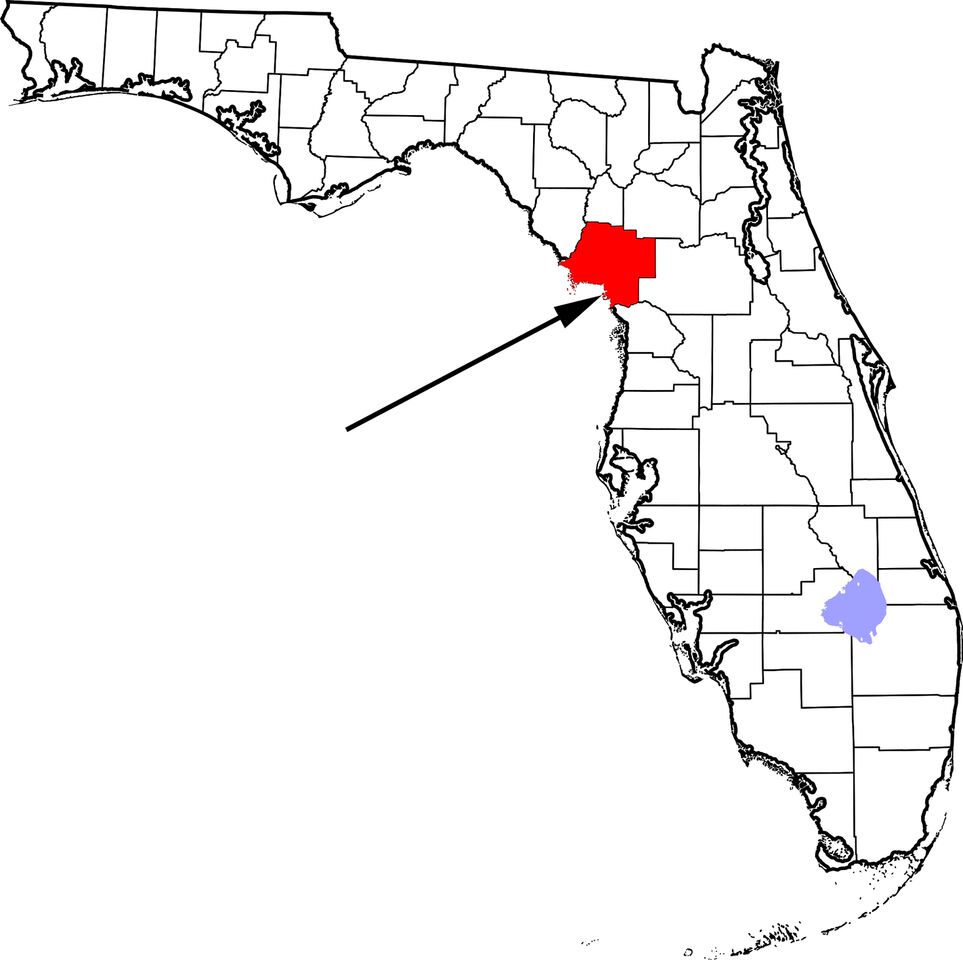Florida Waterways
“Waccasassa River”
By Kevin McCarthy
One of the lesser-known, quieter rivers where I’ve had good luck in catching bass, is the Waccasassa in Levy County. It is only 29 miles long, and its watershed is a modest 610 square miles, two facts that may have kept away those fishermen who wanted to catch larger, more aggressive fish. In fact, most people who even know of the river probably gave it just a passing glance as they motored over a small bridge on a very quiet, uninhabited part of U.S. 19/98, near Gulf Hammock.
Beginning at Blue Spring, four miles west of Bronson, the river takes much of its water from that second-magnitude spring, and then heads south, south-west to Waccasassa Bay and the Gulf of Mexico, east of Cedar Key. The river and bay derive their name from a Seminole Indian phrase meaning “where there are cows” or “cattle range.”
Hernando de Soto and his Spanish troops were probably the first Europeans to cross the river when they were marching north from Tampa Bay in 1539. The first white settlers to inhabit the area were soldiers stationed at Fort Jennings, near present-day Otter Creek. Other forts on the river that were meant to protect white settlers from the Indians in the mid-19th century, were the prosaically named Fort Number Three near the mouth of the river and Fort Number Eight, the latter of which was renamed Fort Waccasassa.
Most of the river is only accessible by kayak or canoe. My fishing guide and I first accessed it by boat from the Gulf, on a cold December day, that turned out to be successful for catching fish. The river should remain pristine for the foreseeable future, since state-owned land surrounds it or – to a lesser degree – land owned by a paper company. Such companies have to keep an unharvested stretch of land along the river.
Waccasassa Bay State Preserve Park, is at the mouth of the river and has 31,000 acres of water and primitive, undisturbed land. Interestingly, during the Civil War, the bay was the scene of some action as shallow-draft Union boats captured a Confederate sloop, “Isabella,” in 1863. The Union boats were part of a blockade that was meant to isolate the west coast of Florida from supplying Confederate troops with food stuffs.
So, if you want to visit and fish in a very quiet, undisturbed Florida river, try the Waccasassa. I was pleasantly surprised by the success I had there, and my guide and I had no other fishermen to disturb us.
Kevin McCarthy, the author of “North Florida Waterways” (2013 available at amazon.com), can be reached at ceyhankevin@gmail.com.

